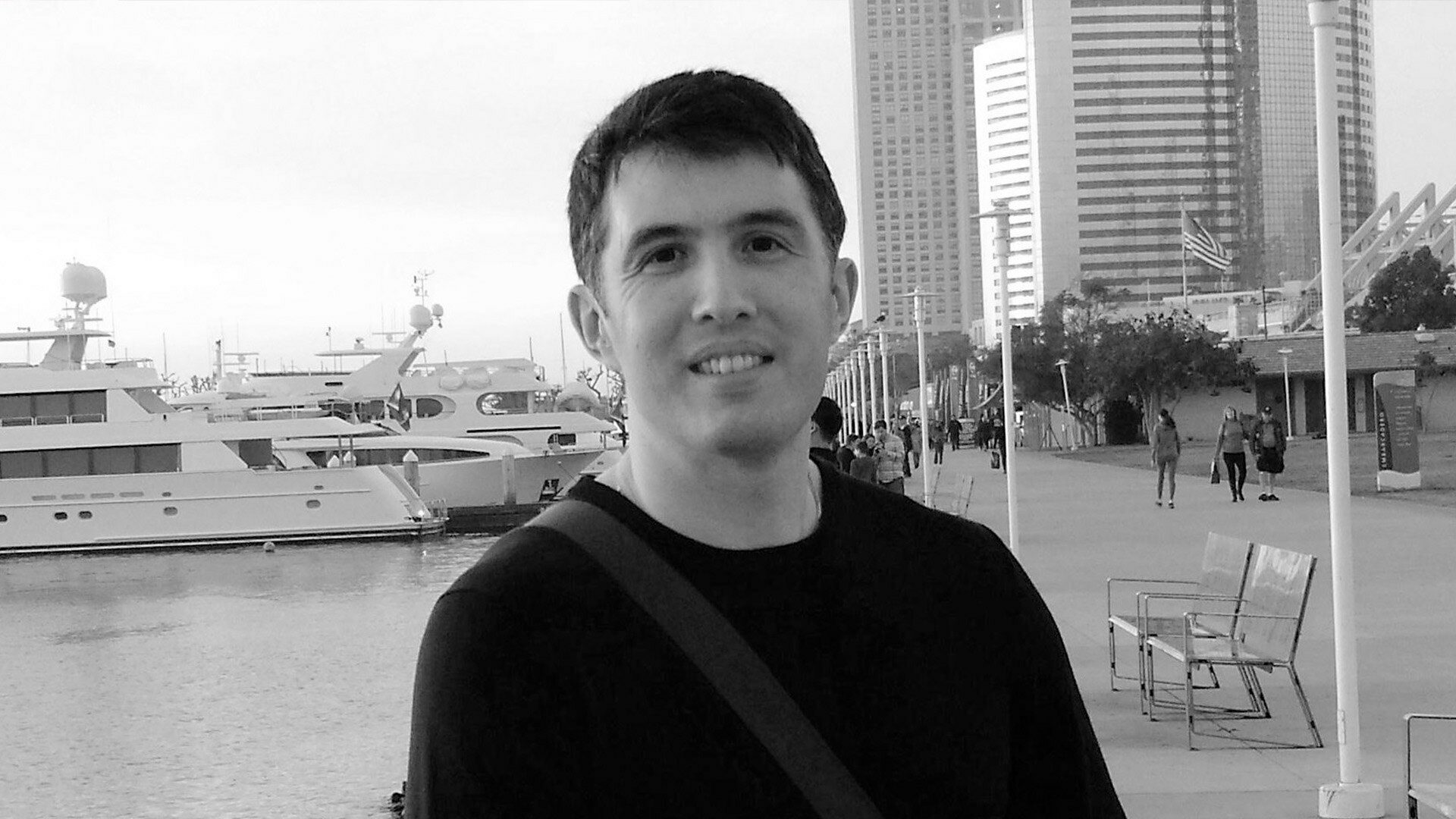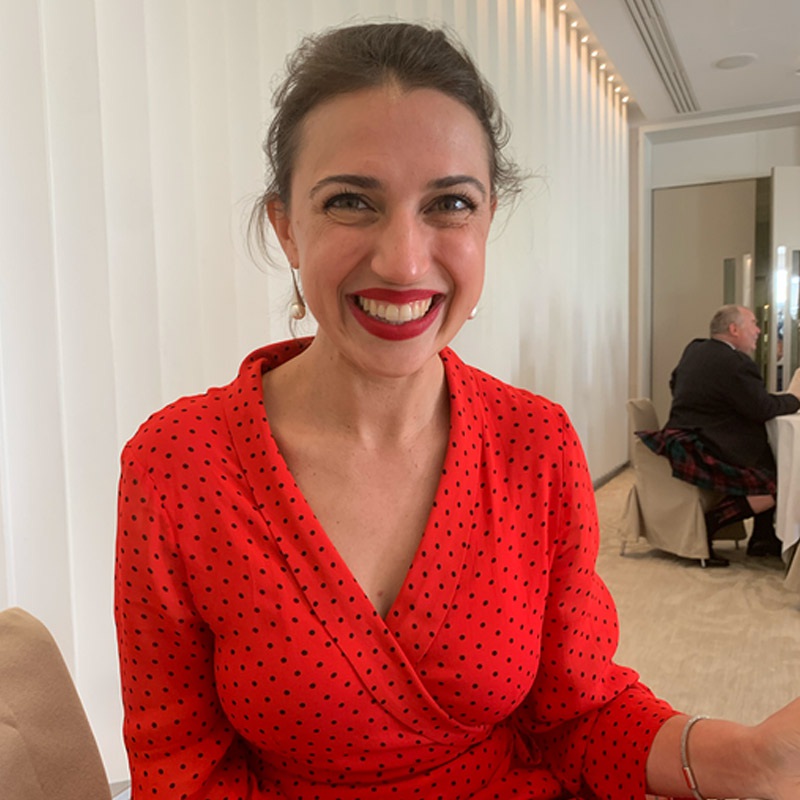Employee Spotlight: To Industry from Academia
Meet Timur Garipov, one of SRT's Senior Computational Scientists

Meet Timur Garipov, one of SRT's Senior Computational Scientists

Posted in: Employee Spotlight
Timur, you are from the Russian Federation, tell us a little bit about your career moves which led you to the United States.
In my home city of Ufa I studied for my degree in applied mathematics, I then went on to receive my Phd in Moscow. A few years later I joined a corporate research institute at Rosneft in my home city. Whilst there, I had the opportunity to work on a project at Stanford University where I met some great people whom I stayed in contact with. A few years later one of my friends from Stanford contacted me with a position within Hamdi Tchelepi's research team which I was really interested in, so I made the move across to California. This was not with total ease as my girlfriend needed to remain in Ufa to finish her studies. But we soon discovered if a relationship is meant to work then a long-distance one won’t be too much of a challenge - we are now married and live together here in Baltimore.
Why did you decide to move from Academia to Industry?
Actually, I never planned to just work in academia and build an academic career. I dreamed of working for a company or institution that offers the opportunity to perform research and develop software to solve challenging problems.
Did Stone Ridge Technology find you? Or did you find Stone Ridge?
During my research for a new position I flagged SRT's job post, minutes later Vincent Natoli (SRT CEO) emailed me directly asking whether I would be interested in interviewing with SRT! I guess we found each other!
What was it about Stone Ridge Technology that made you want to work for them?
When I went to the interview at the SRT offices I liked the atmosphere there immediately. In fact in many ways SRT has a similar feel to where I worked in Stanford, my group there consumed a lot of coffee and had many exceptionally scientific conversations - this is exactly what goes on at Stone Ridge Technology too.
I also joined just after SRT and Eni signed their cooperative agreement to advance and accelerate the development of ECHELON reservoir simulation software, SRT were clearly leaders in the reservoir simulation field. I knew I was going to be challenged with developing ECHELON software fast as part of an intellectual team and wanted to be involved!
What are the main differences you have noticed working in industry over academia?
When working in academia your own work can begin quickly as it is solely yours; in industry the input from your team is equally as important as your own. Despite arriving determined to make an impact at SRT I soon realized I needed to 'dig in' and understand the code first. Ken Esler (SRT CTO) kindly approached me and explained I would need 6 months to fully understand the code. With Ken’s help, I completed a few warm-up tasks and after six months my first serious project began, it was on a gas balancing strategy algorithm implementation. The algorithm allows its user to analyze how they are going to re-inject produced gas and where. This links in with gas accounting, it allows clients to model what they are willing to do with the gas. This was real teamwork. We spent hours with Rajesh Gandham (SRT Software Architect) discussing implementation design and desired features. I believe, due to successful collaboration, we were able to complete the project on time and deliver the solution to our client.
Deadlines and scheduling the delivery of work are new challenges when changing from academia to industry. I have adapted to the pressure of finishing a piece of code for an end-user. In academia most projects are open-ended culminating in a research paper for example. There is also no way to 'drop' a piece of code in industry in the same way one can in academia, then moving on, dubbing it a 'fail.'
When I code for Stone Ridge Technology I love how someone as far away as Australia then uses that code and finds it critical to their workflow — that is where my passion is fed.
What is this most exciting thing about working at Stone Ridge Technology?
I can offer three points, the first is that ECHELON software itself is exciting! I can see, even in the last 18 months, just how fast the software is growing and what an impact the team makes on its development.
My second point is watching the speed of the company's expansion, it feels fantastic to be a part of it, this also means we are all under a lot of pressure but I am so confident in what we are creating that new clients, more code and more deadlines just give me a sort of nervous excitement which I enjoy.
Thirdly, it is exciting to have end users taking ECHELON reservoir simulation software to production — not something you get working in academia. Hearing feedback from our clients about how useful they find ECHELON software in their workflows is very satisfying and certainly pushes me to work harder and to continue to improve our software. It is actually 'scary-exciting' the speed we are developing at. The sky's the limit and actually the journey to the 'sky' is the most exciting part, I consider myself very lucky to be a part of it.

Emily Fox
Emily Fox is Stone Ridge Technology's Director of Communication.